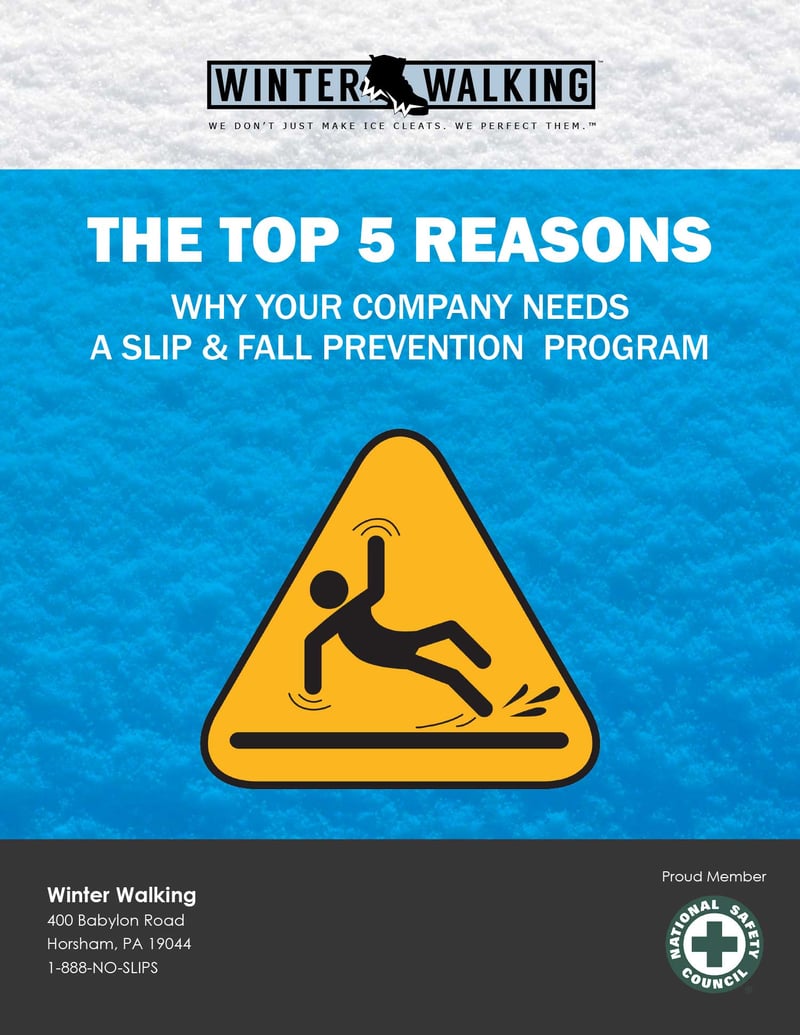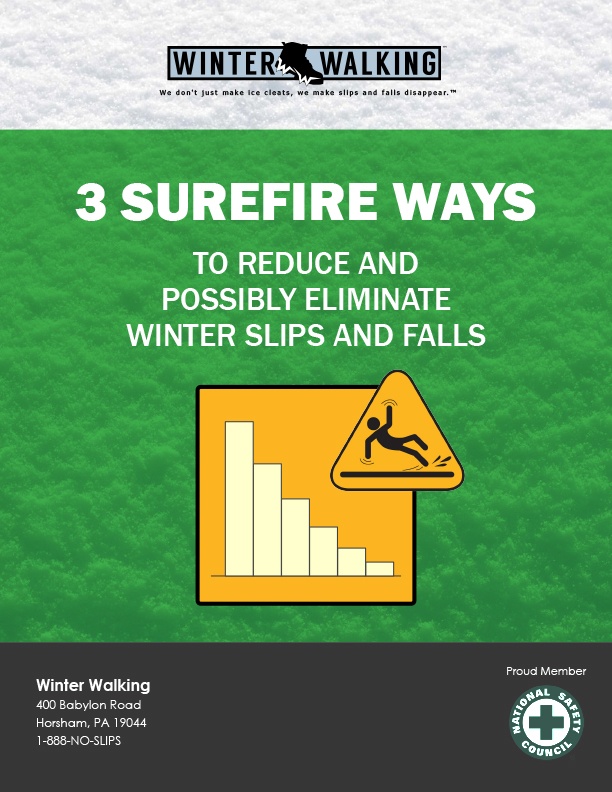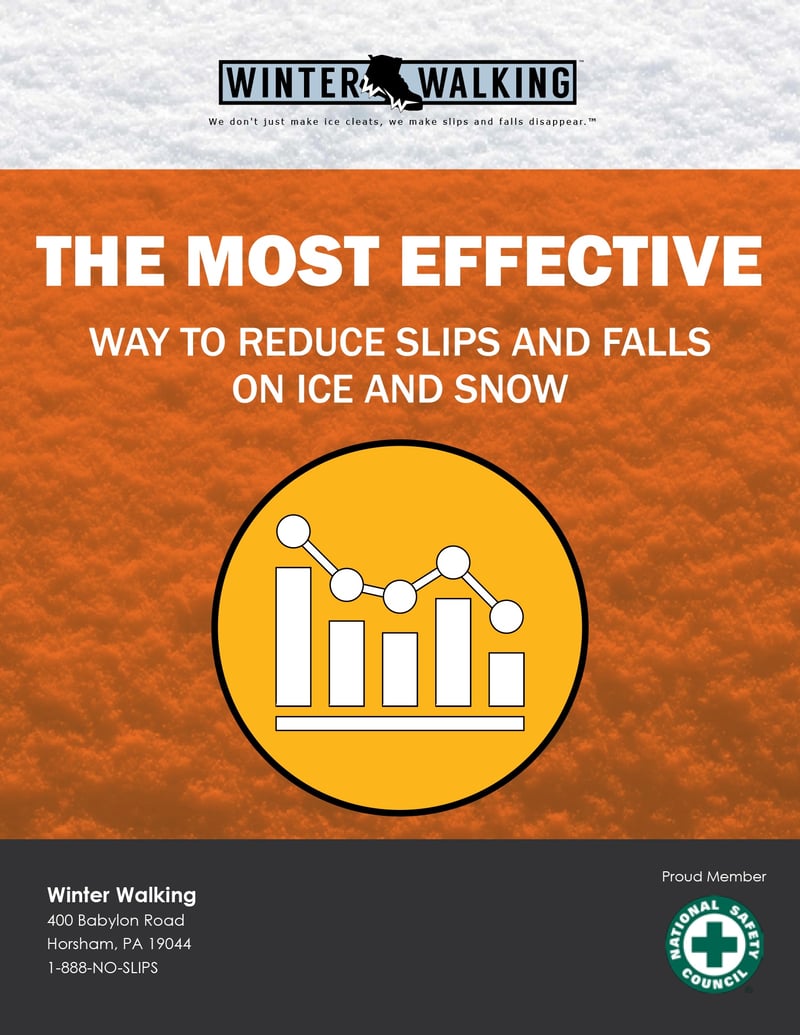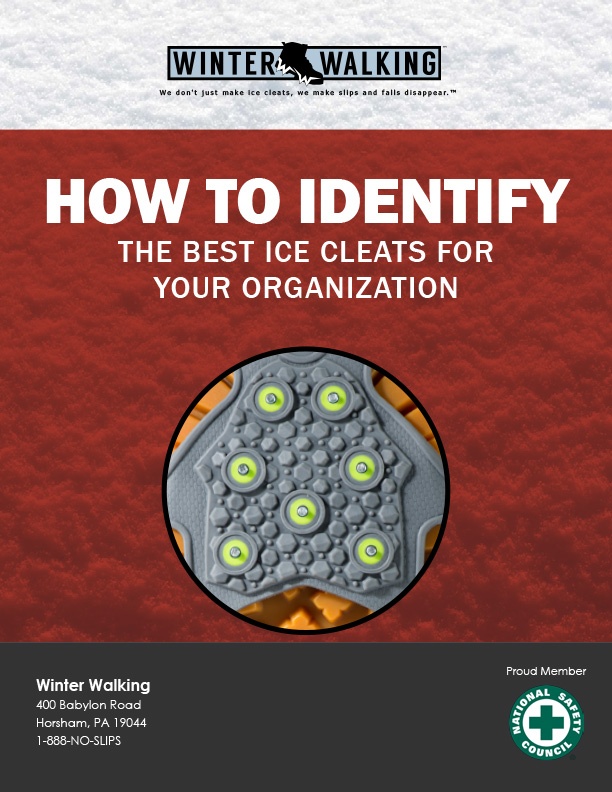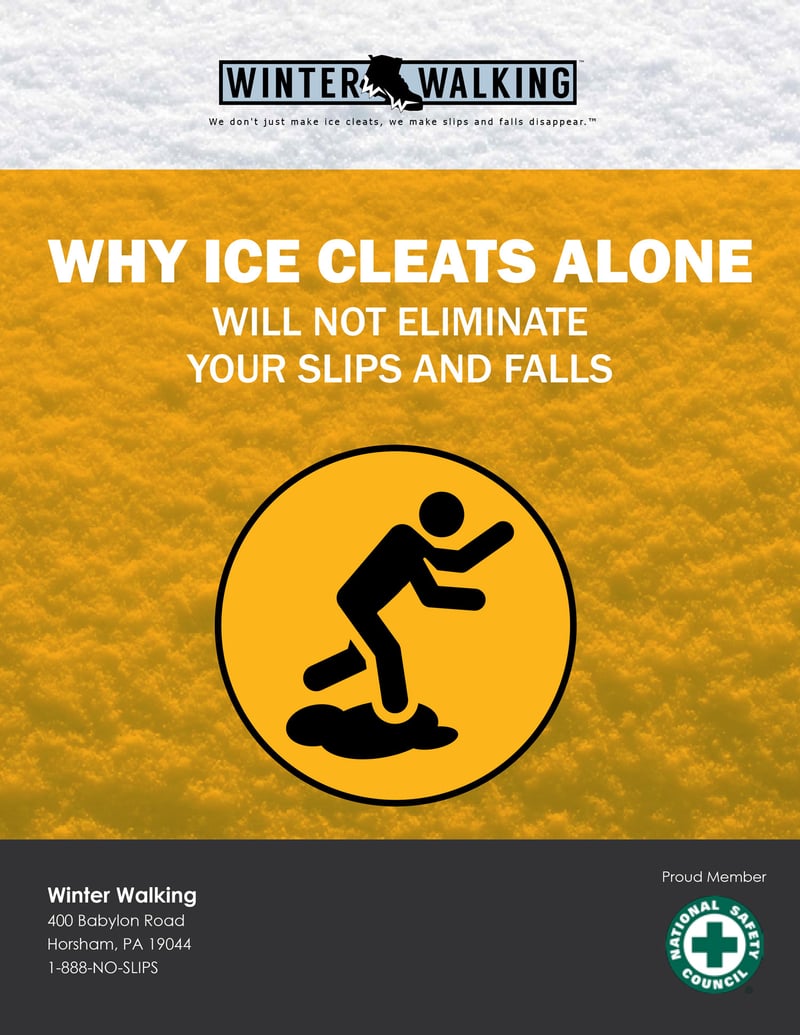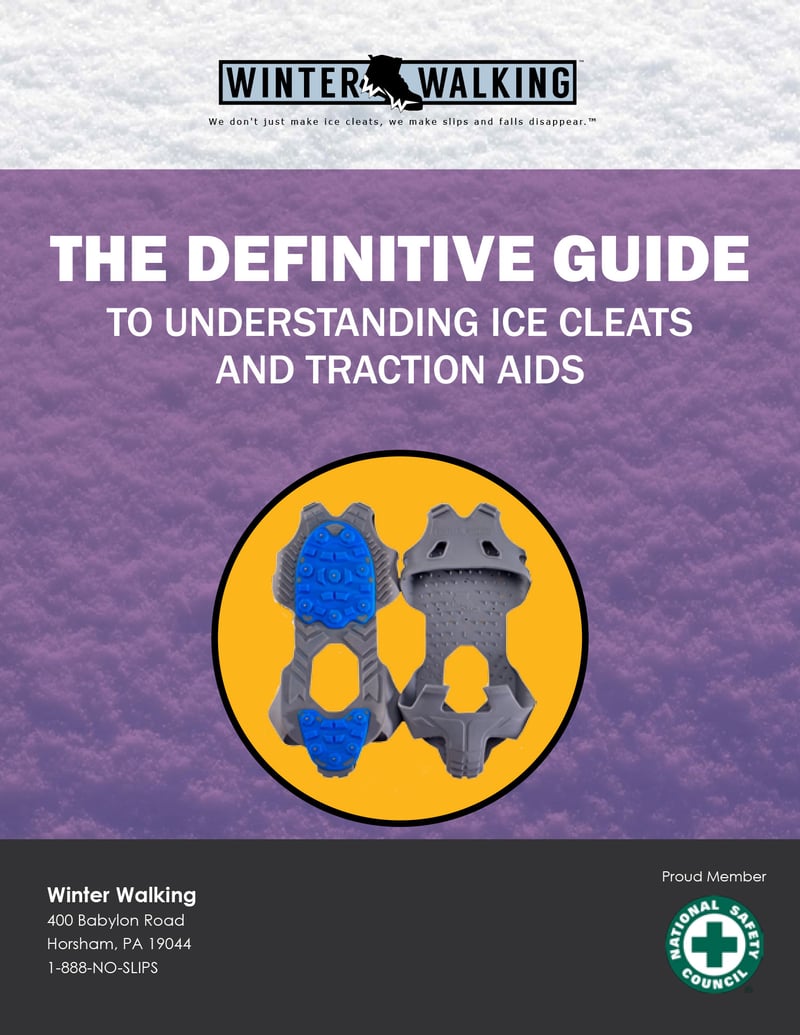You may be surprised to learn that companies – no matter the size – approach the problem of winter slips and falls on snow and ice is practically the same manner. There is one big difference though: Large companies don’t just “set it and forget it” when it comes to safety. They learn and evolve.
Smaller companies, however, may implement a slips, trips and falls safety policy or program, and then divert their attention once it’s up and running. And that can be a costly mistake.
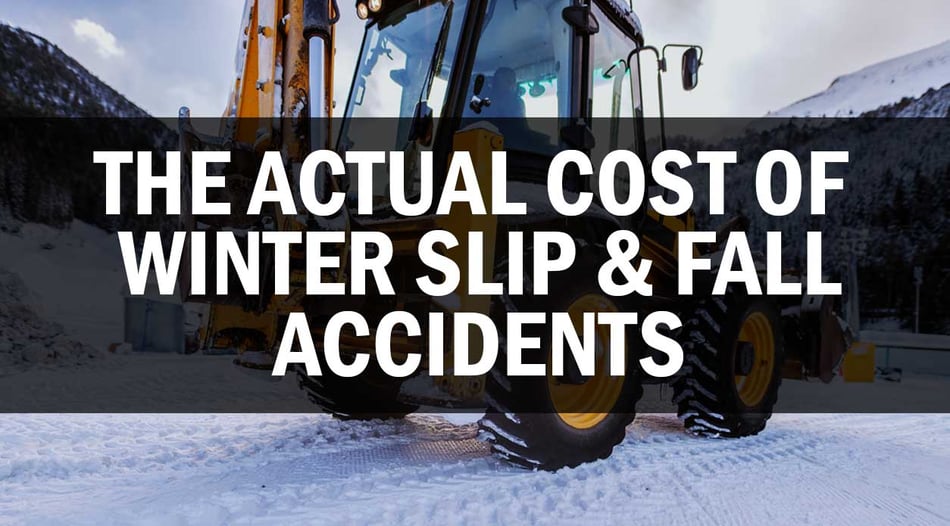
Based on a conversation I once had with a senior executive who had experienced several high-cost incidents at his company within a period of days, as the result of a winter storm and the resulting slips and falls on snow and ice. At the end of the accident investigation, it was clear that everyone who slipped and fell was not wearing ice cleats. No matter how many times ice cleats had been “strongly recommended” to the employees, they were choosing not to use them.
Frustrated by these costly claims, this company now had enough hard data to realize the importance of changing their policy. In fact, they made a decision during the middle of the winter – every employee was now mandated to wear ice cleats and traction aids while walking and working outdoors.
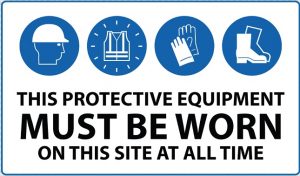 If you’re experience is similar, or you want to prevent slips and falls in the first place, ratchet it up from “strongly recommended” to “mandatory.” When employees hear, “I strongly recommend using traction aids,” they may interpret it as, “I don't really care if you use traction aids or not.”
If you’re experience is similar, or you want to prevent slips and falls in the first place, ratchet it up from “strongly recommended” to “mandatory.” When employees hear, “I strongly recommend using traction aids,” they may interpret it as, “I don't really care if you use traction aids or not.”
- Every storm
- Every step
If you’re concerned with the high cost of winter slip and fall incidents, and frustrated by the lack of employee buy-in, it’s important to take control and mandate usage. After all, isn’t it Safety’s job to keep everyone safe in the workplace whether or not the employees are on board?
Thank you for reading. If you found value in this post, please consider sharing it with your LinkedIn network or simply “like” it.
Bill Coyne is the VP of Sales for Winter Walking. He has been helping organizations across a wide variety of business sectors prevent workplace slips and falls in ice and snow for over 16 years. Winter Walking currently helps some of the world’s largest organizations keep their employees both safer and more productive while working outdoors in the winter season. Contact bill@winterwalking.com or visit www.winterwalking.com.


